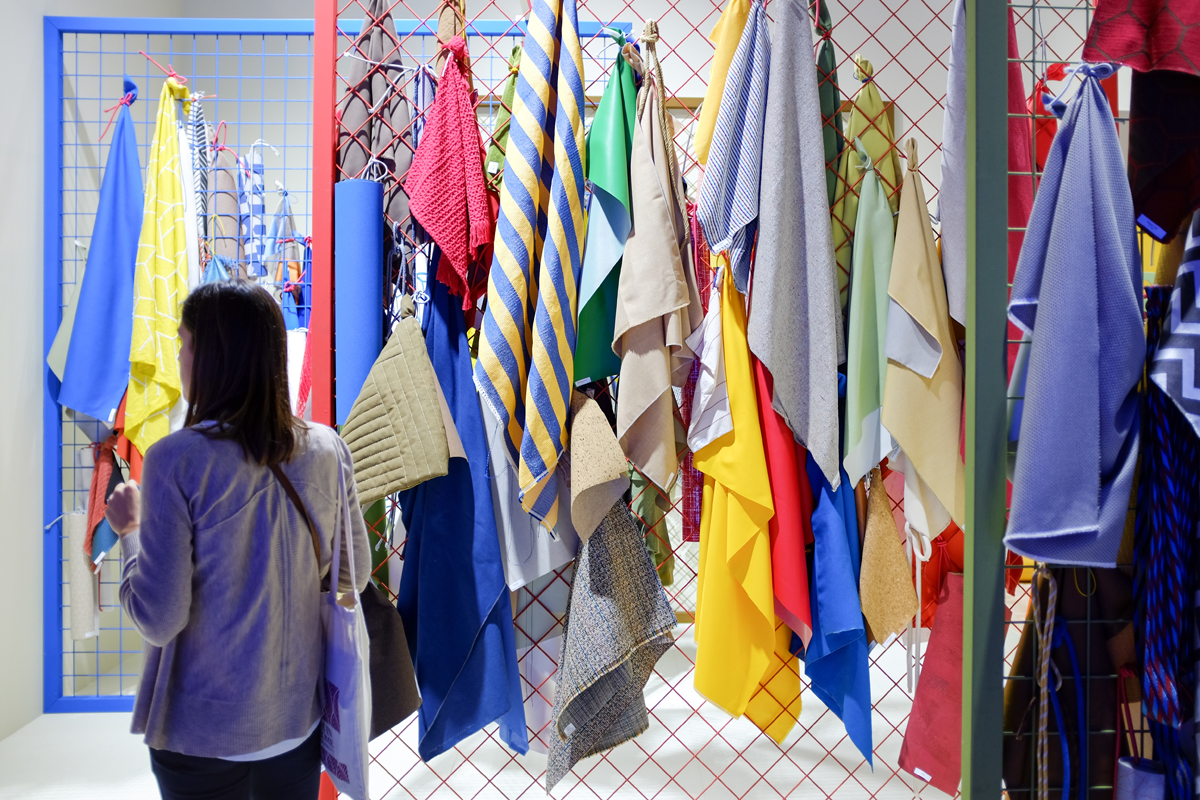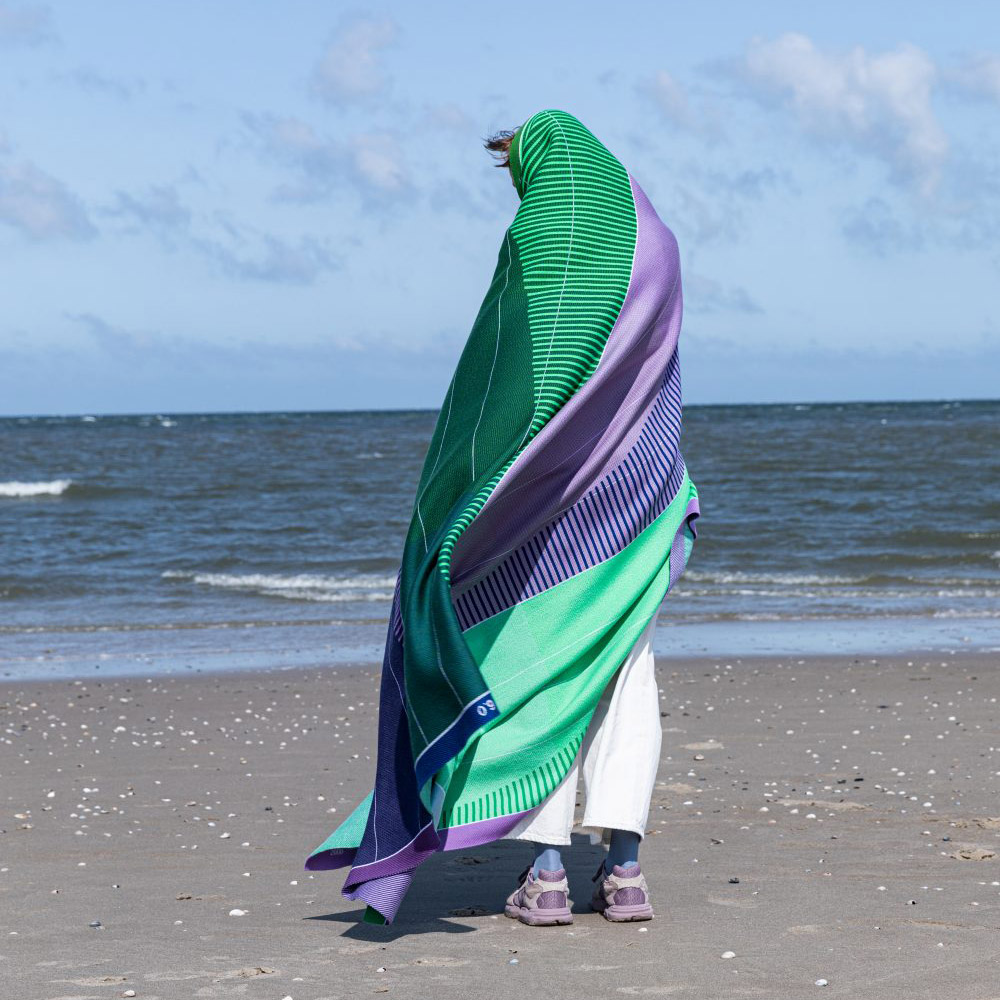Heimtextil, International Trade Show for Home Textiles
The leading producers of upholstery fabrics, wallpapers, ready-made products for the bed, bath and table

Inside of Heimtextil, the exposition presents a must-see forecasting area for industry professionals. Here, design and lifestyle developments are brought to life by seven research and innovation agencies from around Europe. For the 2018 edition London-based FranklinTill Studio acts as the coordinator and took care of the artistic and content direction of the entire space. The main theme, “The Future is Urban,” originates from a simple fact: today, half of the world’s population lives in cities. The consequences are endless and they involve design, production and ultimately feelings. The entire Messe Frankfurt space revolves around this idea through conferences, classic color and materials, sensorial spaces and installations. They act as proof that emotions play a key role when it comes to fabrics. Some areas are particularly poignant. They are able to merge a deep analysis of the future and a clear representation of what companies and designers are already doing.
.

For instance, The more we become urban, the more we long for nature. The Green Workspace is designed by Sprinklr and displays desks and computers in a greenhouse-like space, showing us one of the possible applications of “biophilic design.”
For the so-called “Generation Rent,” owning things is becoming optional. For them there’s no need for a lot of space to store objects such as books and, in some cases, clothes. The Micro Home conceived by Studiomama is an ideal space for these individuals: it a tiny yet cozy 13-square-meter modular space that can be constantly reconfigured.

Word Bank researchers predict that by 2020 the urban population will reach 1.4 billion people and each person will produce an average of 1.42 kilograms of waste per day, more than double the current amount. What can we do about it? Some interesting antidotes to the throwaway society are shown in the Re-Made Materials pavilion, a destination of alternative objects, materials and production process. Some examples are the Newspaper Wood by Meike Meijer (derived from old newspapers turned again into wood) and Bahia Denim by Sophie Rowley (panels made with post-industrial denim waste).
One of the international experts involved in the project is Anja Bisgaard Gaede. She runs SPOTT, a consulting agency based in Denmark. Her job is to help the development of lifestyle businesses, by way of turning observations into actions.

In today’s businesses the role of emotion is key, in particular when products and services need to attract very distracted audiences. “The emotional transformation we’re seeing in consumer behavior has to do with that going back to instinct, going back to your gut feeling. That is also a term we’re using: Believe In Yourself, BIY instead of DIY,” she explains. “That has to do with fake news and overloads of information, and many truths at the same time. It’s a kind of a survival skill for consumers to say, ‘Well, if I can’t have an overview of who’s saying what or who is more right, then the only thing we have is to go back to our own belief.’ So that’s a major shift.”

Returning to the fabrics we saw at Heimtextil, it’s very clear to see movement in two opposite directions. One shifts towards hyper-realistic and hi-def printing, while on the other side there’s a lot of embroidery, velvet, jacquard, ancient and tactile fabrics. “I’m seeing it as, really, a representation of how we are polarizing things and how we’re pushing each extreme, with tech becoming even more extreme, and the tactile also becoming even much more extreme,” Gaede shares. “It has to be very, very crafted and artisanal, very, very, very basic in the feeling. That is what we’re urging for: an even further emotional impact.”
Images by Paolo Ferarrini












